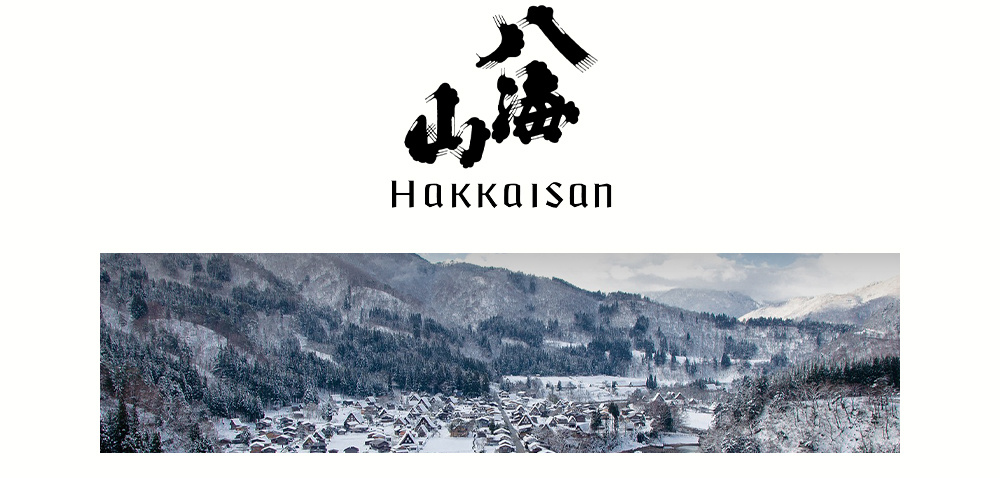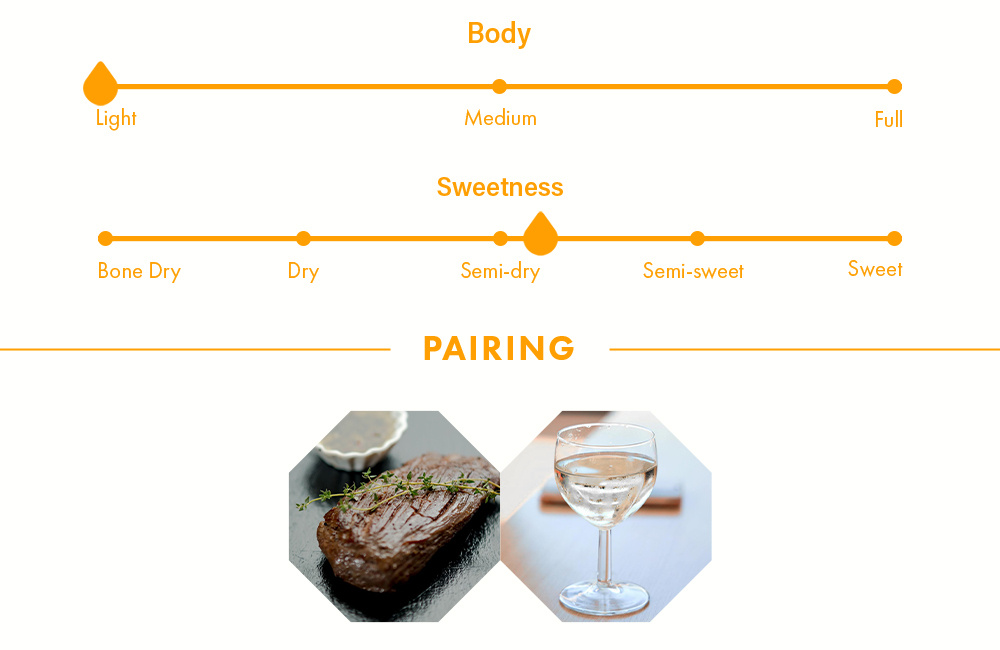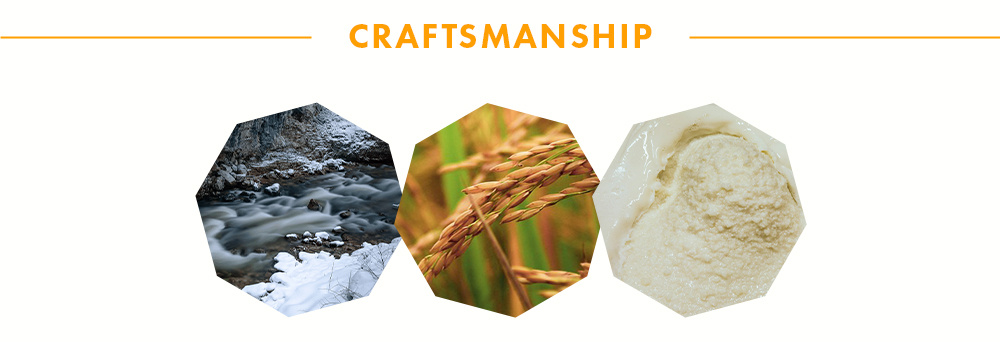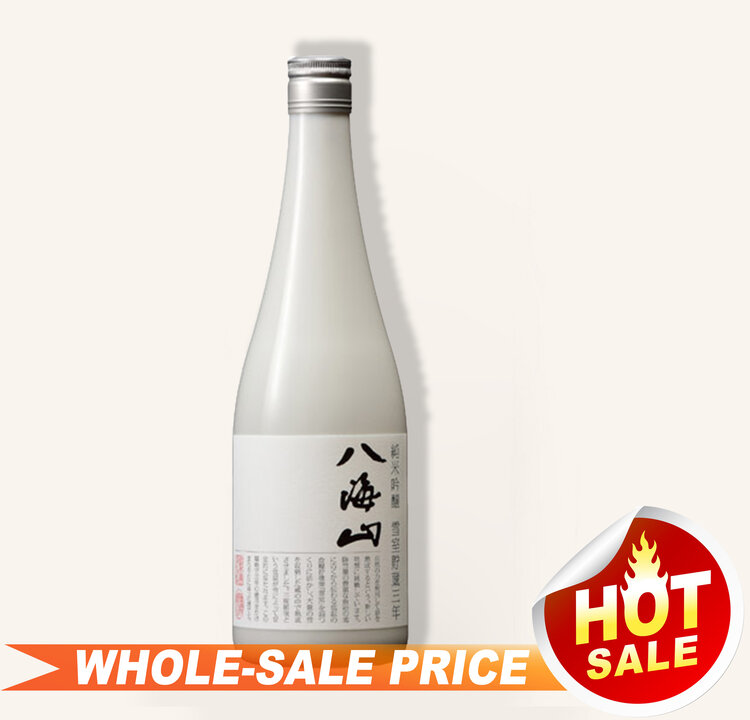| Brand | Hakkaisan |
| Region | Japan |
| Spirits Type | Sake |
| Spirits Style | Junmai Daiginjo |
| ABV | 17% |
Product details

Hakkaisan makes delicious premium sakes imported from Niigata, Japan. Get to know the clean, balanced, and exceptionally well-crafted taste that has made Hakkaisan famous.
Matured for three years in Hakkaisan’s “Yukimuro,” a traditional, eco-friendly snow storage facility, this sake is fine yet complex. From the cold snow, temperature is naturally kept stable at 3ºC (37ºF) year-round, without the use of electricity. This allows the sake to gently mellow undisturbed, which becomes Hakkaisan's most intense sake.
Rice: Yamadanishiki, Yukinosei, Gohyakumangoku | Polishing Ratio: 50%

This premium sake aged for three years in a snow-covered cellar, resulting in a refined and complex profile. It is round with layered flavors with a smooth texture. The aromas from the rice used in brewing are fairly intense, with a long finish.

Pairs well with Mediterranean seafood, washed cheese, or dry-aged beef such as short ribs.

Three main points make up Hakkaisan Sake Brewery’s philosophy. One is to use high-quality materials: water and rice. Hakkaisan uses “Spring water from Raiden” (the spring water from the foot of Mt. Hakkai) for all brands of Hakkaisan. Rice brands Goyakumangoku and Yamadanishiki, which are believed to be the most suitable rice for making sake, are used for making Hakkaisan. Hakkaisan produces well-balanced, high-quality sake. The definition of highest quality sake is, Hakkaisan believes, a sake that has a full body but is clear and smooth and does not interfere with or disturb the taste of food.
Sake rice is polished down to isolate just the starch in each grain. The rice is then washed and soaked to begin steaming at about 100 °C (212 °F) for about an hour. Steamed rice is then sprinkled with koji for 48 hours. Over 2 weeks, a yeast starter, or “Shubo” is then made using rice, koji rice, water, yeast, and lactic acid. The yeast starter is combined in the main brewing tank with 3 additions of water, rice, and koji rice to prepare the main mash, or "Moromi." After about 30 days of brewing, the sake is ready to be pressed, which separates the fresh sake from the unfermented rice solids known as "Kasu." Next, the sake is heated and then stored underground for a few months to mellow and smooth the flavor.






